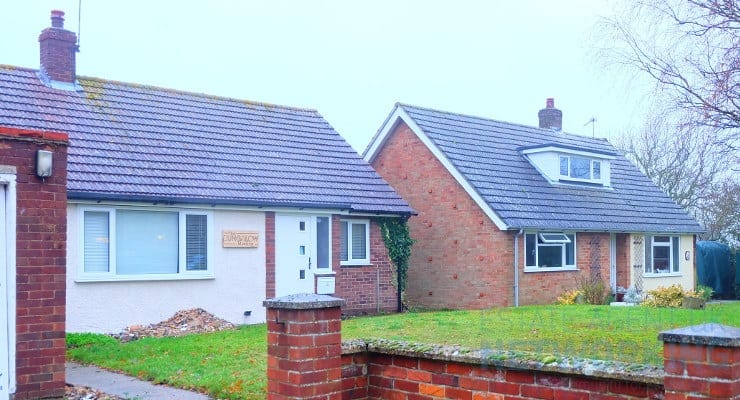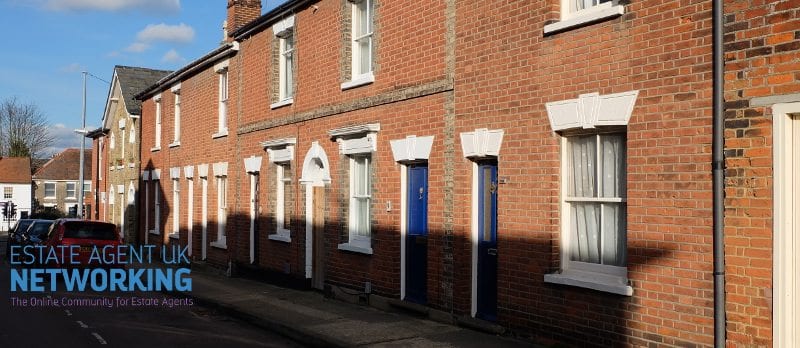Appropriate rental homes disproportionate to growing number of older renters
Disabled and older renters in the UK’s Private Rented Sector face significant challenges finding and accessing suitable accommodation, says the industry body.
Propertymark, the leading professional body for estate and letting agents, has highlighted an increasing concern in the private rented sector as the disparity in bungalows available to rent impacts the growing number of older and disabled renters.
According to research conducted by the National Housing Federation, nearly 867,000 households headed by people aged 55 or over are living in the private rented sector.
Since 2010/11 the number of 55+ households has grown by 70% and nearly half of private rented sector tenants aged 65 or over are in the bottom 20% of all household incomes.
Propertymark’s industry wide research showed that across the whole of the UK, privately rented bungalows have dipped by nearly 5% year on year, equating to almost 1,000 homes. From April 2024 to April 2025, there were 19,161 bungalows to rent, compared to 20,138 from April 2023 to April 2024.
This issue can be seen more evidently regionally across the UK. In the month of April 2025, the West Midlands saw 110 bungalows available to rent, Scotland saw 66, and 35 were recorded across Northern Ireland. This is compared to larger spikes seen in other areas, such as the East of England, with 298 available and 284 in the South East.
The industry body has said that not only has it become more difficult to find a suitable home, but it is also removing much of a renter’s relocation flexibility once they retire. Areas within the South West of England, such as Cornwall and Devon, are popular coastal destinations for retirees, but see fewer accessible homes enter the market. From January to April 2025, Cornwall saw only 114 bungalows on the market in the private rented sector; however, when compared to areas like Nottingham in the East Midlands with a smaller population, 164 were available during the same period.
Propertymark has also compared the number of bungalows to rent in some other popular cities across the UK:
| City | Bungalows available from 1 April 2024 to 1 April 2025 | Bungalows available from 1 April 2023 to 1 April 2024 | Percentage difference year on year |
| Inner London | 179 | 169 | +5.9% |
| Birmingham | 230 | 240 | -4.2% |
| Manchester | 143 | 141 | +1.4% |
| Glasgow | 69 | 86 | -19.8% |
| Newcastle | 217 | 300 | -27.7% |
| Sheffield | 171 | 198 | -13.6% |
| Bristol | 251 | 259 | -3.1% |
| Cardiff | 137 | 171 | -19.9% |
| Nottingham | 523 | 513 | +1.9% |
| Carlisle | 111 | 115 | -3.5% |
| Exeter | 393 | 389 | +1% |
| Lincoln | 239 | 284 | -15.8% |
| Blackpool | 142 | 167 | -15% |
| Brighton | 429 | 488 | -12.1% |
Nathan Emerson, CEO of Propertymark, comments:
“The concern surrounding the lack of available homes to rent in comparison to growing demand from tenants is long-standing and especially affects renters on a lower income, the older population and those with disabilities.
“We can see that year on year, across the board, there has been a significant downturn in the number of bungalows available to rent, which are crucial in the adaptation for those with disabilities and older renters.
“The private rented sector plays an important role in housing the nation and without a significant increase in the number of homes of all types to rent, rent levels will remain higher and, in turn, put financial pressure on those it is designed to help.
“We urgently need the attention of all Governments to ensure planning policy and housing strategies recognise housing needs across the country and older people, whether renting or right-sizing, can access suitable housing.”









